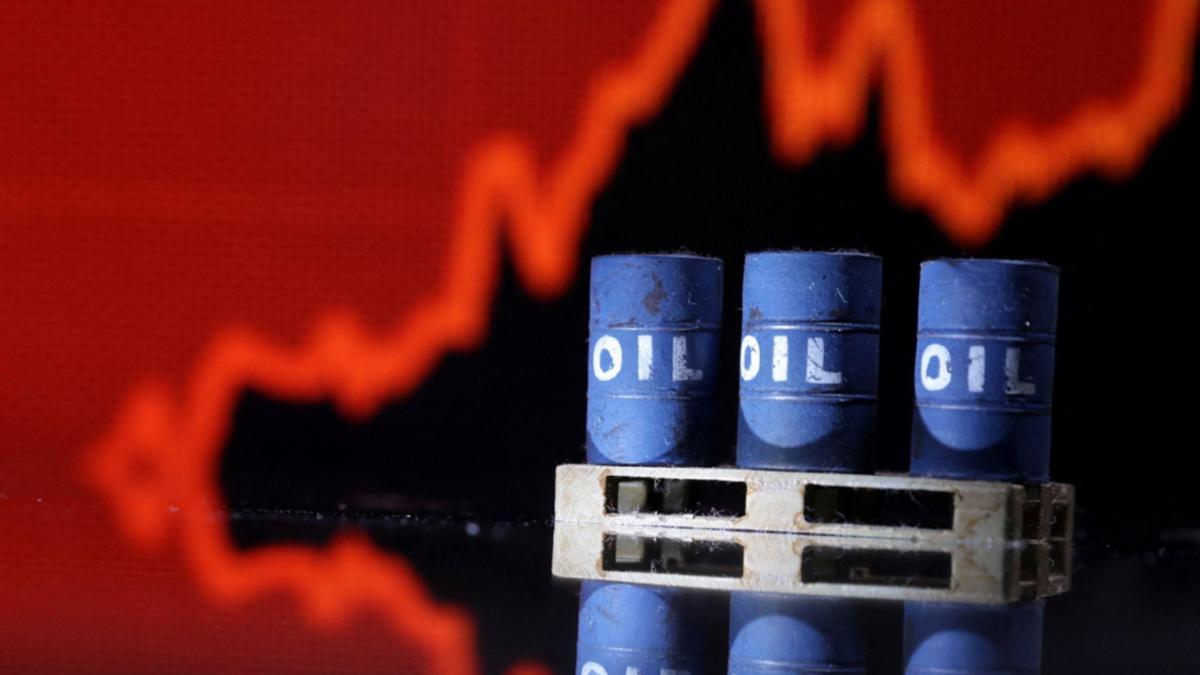India’s energy security and economic stability may be heading into rough waters. With global pressure mounting over India’s ongoing dependence on Russian oil, experts at commodities analytics firm Kpler warn that if India is pushed to reduce or halt these purchases, it could end up paying an extra $9 to $11 billion every year on oil imports.
What’s prompting this warning?
Two major reasons have contributed to this threat. First – US President Donald Trump has announced a 25% tariff on Indian goods and signaled additional penalties on India for its oil and defense dealings with Russia. Second – the European Union is set to ban the import of refined products made from Russian crude starting January 2026.
Together, these developments could sharply reduce India’s access to cheap Russian barrels. India has heavily leaned on Russian oil since 2022. Before the ongoing Russia-Ukraine war, India sourced less than 0.2% of its crude from Russia. Today, that figure stands at around 35–40%, according to a PTI report.
How will this hit India’s economy?
India imported crude worth $137 billion in FY24. The cost will surge if India replaces Russian oil with supplies from the Middle East, West Africa or Latin America. According to Kpler’s estimate, losing a $5-per-barrel discount on roughly 1.8 million barrels per day could inflate the oil import bill by $9–11 billion annually. Any rise in global oil prices due to supply cuts would further inflate India’s energy costs.
Who will be affected?
Private refiners, particularly Reliance Industries and Nayara Energy, are the most exposed, Kpler said. These companies have been the largest importers of Russian crude, refining it for high-margin diesel exports. Nayara, backed by Russia’s Rosneft, is already facing EU sanctions, while Reliance, which operates a dual-refinery system, may need to reconfigure operations to meet origin-tracking rules.
“Reliance can potentially shift its export unit to non-Russian crude while processing Russian oil for domestic use,” the PTI report quoted Lead Research Analyst at Kpler Sumit Ritolia as saying. But even that comes with trade-offs. Rerouting diesel exports to Latin America, Africa or Southeast Asia increases shipping time, reduces profits and adds commercial risk.
Can India find alternatives?
Middle Eastern suppliers remain the most likely fallback, but these come with challenges too. Rigid long-term contracts, higher pricing and crude grades that don’t perfectly match India’s refining needs, to name a few.
If oil costs spike and refiners pass the burden onto consumers, it could hit the Indian economy badly. “The cascading impact on inflation, currency and monetary policy would be difficult to ignore,” Kpler said. The months ahead could force India to walk a fine line between energy pragmatism and diplomatic pressure.

